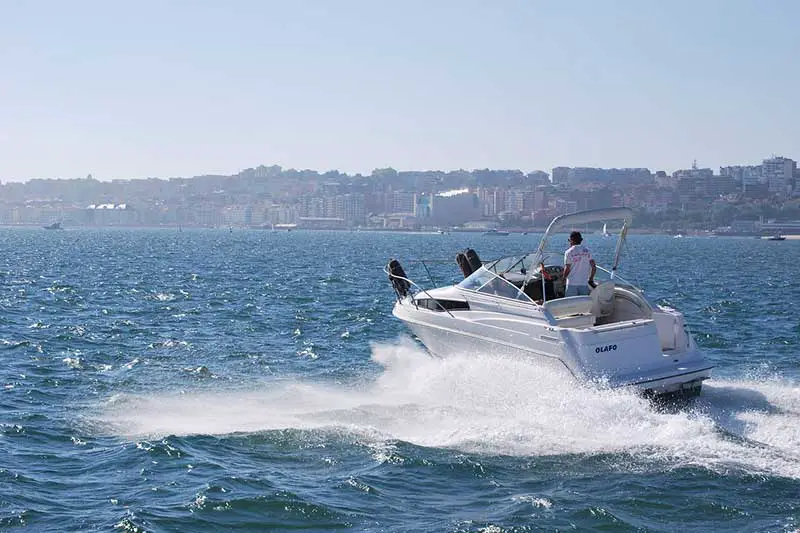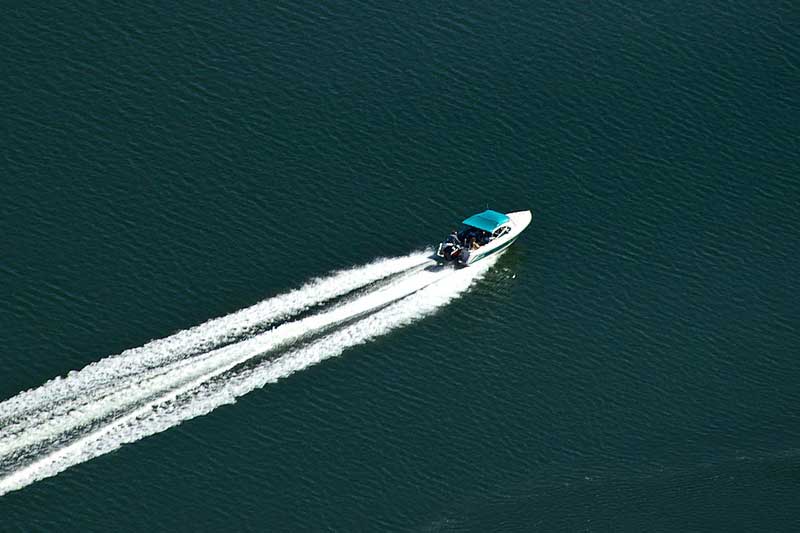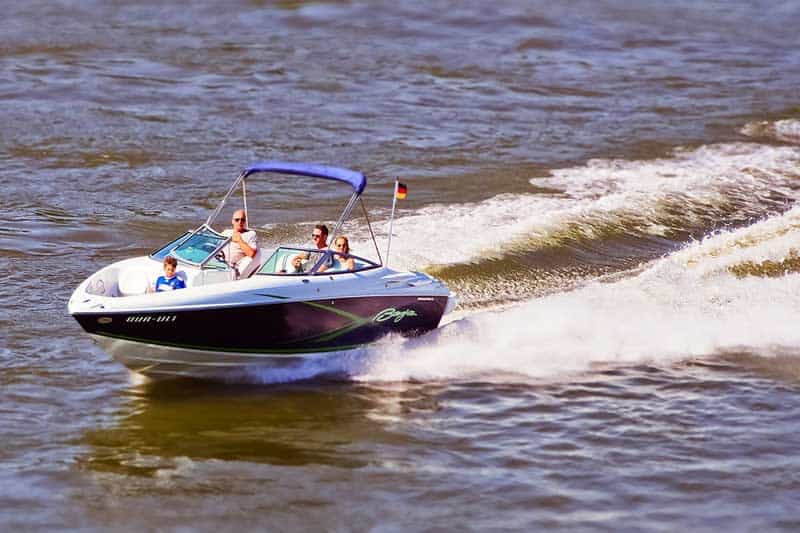With no street signs or traffic lights on the water, it can seem like you can do anything when you’re boating. However, there are rules to safely operating your boat and avoiding collisions. Crowded waterways can be scary, so it pays to understand how to navigate them properly. You’ll also want to know who is responsible for avoiding a collision between two boats and what to do to avoid collisions. Read on to find out!
Who is responsible for avoiding a collision between two boats?
Both parties operating a boat are responsible for avoiding a collision. As the boat operator or captain of a ship, it’s your responsibility always to be aware of your surroundings and provide the right signals to other vessels on the water. This law applies to boating inland, on international waters, rivers, or the Great Lakes.
Depending on the type of boat and situation, there is a way to determine who will have the “right of way” when two boats approach each other. For example, a boat that can easily maneuver should give way to a larger ship that can’t stop or change course as easily.
The general order of types of vessels given priority for the “right of way” are as follows, with the top priority listed first:
- Overtaken vessel
- Vessels not under command
- Vessels with restricted maneuver abilities
- Vessels constrained by a draft
- Fishing vessels with gear deployed and engaging in fishing
- Sailing vessels
- Power-driven vessels
Which vessel is the give-way vessel?
When figuring out the “right of way,” boats are typically categorized in two ways on the water: the give-way vessel or stand-on vessel. The give-way vessel is providing the right of way to the stand-on vessel and must signal their intentions. It is the give-way vessel’s responsibility to stop, slow down, or maneuver around the other safely.
The stand-on vessel must acknowledge the intentions of the give-way vessel and maintain its course so the give-way vessel can avoid them. If the give-way vessel isn’t taking the appropriate action, the stand-on vessel can take action but must not cross in front of the give-way vessel or turn towards it. For example, a sailing vessel will typically be the give-way vessel to a ship with restricted maneuver abilities.
How do you signal a boat?
Different horn sounds are common ways for boats to signal to each other about who will be the give-way and stand-on vessels. If you are a smaller boat, you must carry a sound-producing device such as an air horn, whistle, or bell. For the first two signals listed below, if the other vessel is in agreement, they should respond with the same signal.
Common sound signals include:
- 1 short blast: I want to pass your boat on my port side
- 2 short blasts: I want to pass your boat on my starboard side
- 3 short blasts: My engine is in reverse
- 5 short blasts: I don’t understand your intentions or danger
- 1 prolonged blast: Warning signal, such as when exiting or entering a blind turn

What is the responsibility of a boat operator?
Boating operators must be mindful and take every action necessary to avoid collisions. This includes being aware of vessel traffic, the limits of other vessels, and weather conditions. Other responsibilities of a boating operator include:
- Watching and listening for other vessel signals, navigational hazards, and radio communications
- Maintaining a safe speed, so there is plenty of time to avoid collisions
- Keeping a safe distance from other boats
- Avoiding reckless or negligent actions, such as boating under the influence
What should an operator of a boat do to avoid a collision with another boat?
Besides following the rules mentioned above, there are other things boat operators can do to avoid collisions. These include:
- Being more cautious when boating at night or directly into the sun’s glare on the water
- Avoiding operating a boat when stressed or fatigued
- Appointing someone as a lookout person, including to help with signaling if needed
- Being aware that after heavy rainfall, floating debris is more common

What is the first action that the boat operator should take following a collision?
If a collision was unavoidable, the boat operator has the following responsibilities immediately after:
- Stop the vessel immediately at the accident scene
- Assist anyone that is injured or in danger from the accident if it is safe to
- Provide, in writing, their name, address, and vessel identification number to anyone that is injured or the owner of any property that was damaged
- If damages exceed $1,000, file an accident report with the local authorities
- If death or serious injuries occurred, report the collision to local authorities
Conclusion
Both operators of a boat are responsible for avoiding a collision between two boats. They must both be on the lookout for potential dangers and do their best to signal to each other and avoid any dangerous collisions.
Boats must sound horns to signal who will do the maneuvering and typically the vessel with the easier ability to change course or speed will be the give-way vessel. If a collision does occur, boat operators must also stop their vessel, help injured people, and provide the appropriate information to parties involved.
